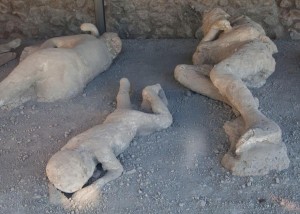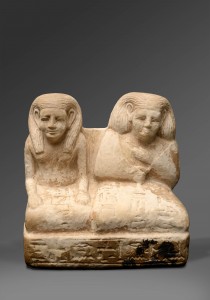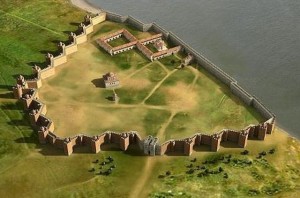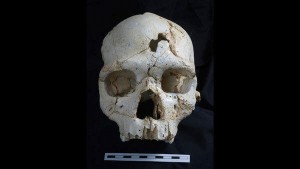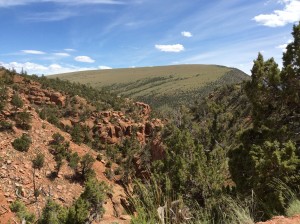 It’s such a beautiful summer day in Wyoming. After all the cold and snow we’ve had it’s so pleasant!
It’s such a beautiful summer day in Wyoming. After all the cold and snow we’ve had it’s so pleasant!
Summer is finally here…
- Jun 4, 2015 11:22 am
Is the Earth warming or cooling?
- Jun 3, 2015 8:13 pm
We’ve talked here many times about the Milankovich cycles, especially the cycle of Precession. According to the cycle of precession we should be in an Ice Age right now. Why aren’t we? Is it human caused global warming? Or is this warming trend just a prelude to the cycle of precession kicking in and dropping global temperatures like a proverbial rock? READ MORE: http://www.washingtontimes.com/news/2015/may/17/paul-driessen-earth-may-be-cooling-no-warming/
News from ancient Egypt… Rare glass vase recovered.
- Jun 2, 2015 9:26 am
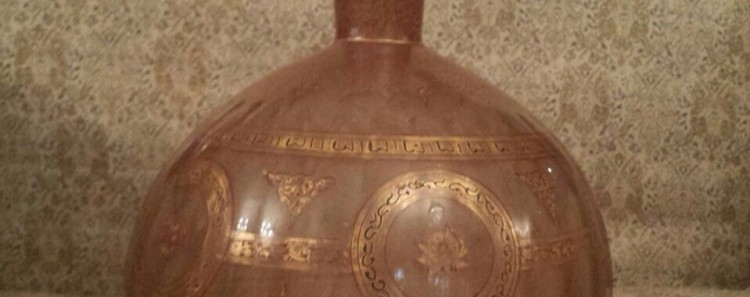
Rare Egyptian Vase recovered. Look at the extraordinary artistry.
Pompeii. The terrifying last moments of mother and child are heartbreaking…
- Jun 1, 2015 1:54 pm
When Mount Vesuvius erupted in AD 79, one terrified mother clutched her four-year-old hard against it…
News from ancient Egypt…
- Jun 1, 2015 7:14 am
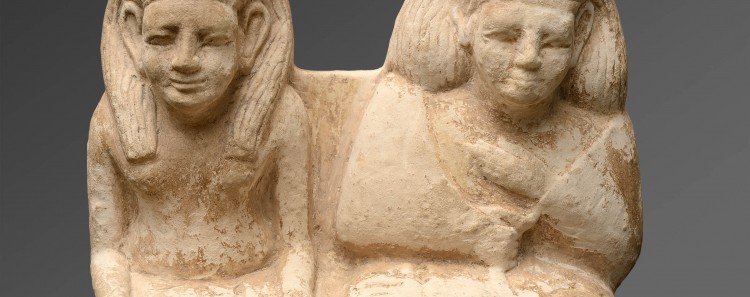
Archaeological news from Egypt: 3,500 year old statue stolen. Now suspects finally arrested.
Genetics. 17% of what we think we know about disease genes is wrong…
- May 31, 2015 8:19 am
For those of you who have decided to have genetic testing done to determine your likelihood of certain diseases, please read this article. The study of genetics is amazing, but the truth is that no one really knows what most of those genes do. There are still way too many ‘holes in our knowledge’ that need to be filled in.
http://www.forbes.com/sites/stevensalzberg/2015/05/31/17-of-our-genetic-knowledge-is-wrong/
Durostorum fortress in Bulgaria
- May 29, 2015 3:30 pm
430,000 year old murder….
- May 29, 2015 10:33 am
Yep, sorry to disappoint some of you, but humans are inherently violent. We knock each other in the head way too often–and always have.
http://www.latimes.com/science/sciencenow/la-sci-sn-earliest-known-murder-victim-20150526-story.html
Signed copies of PEOPLE OF THE SONGTRAIL…
- May 29, 2015 10:08 am





